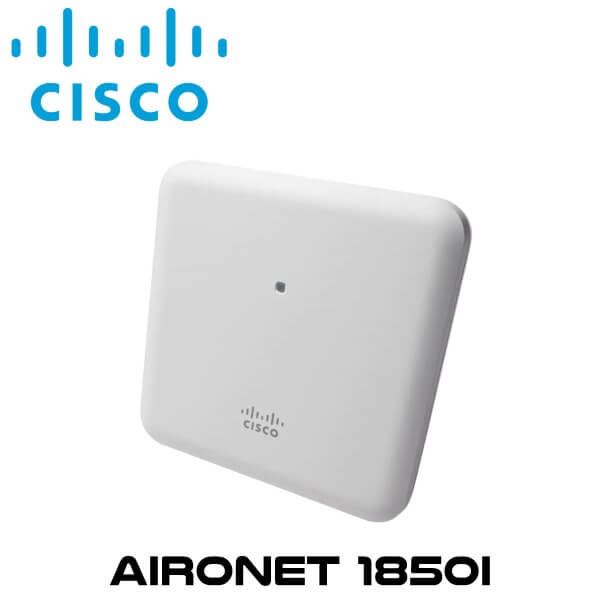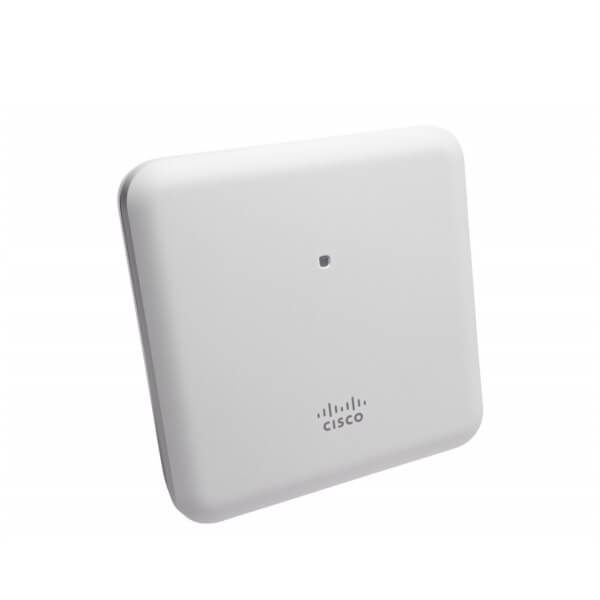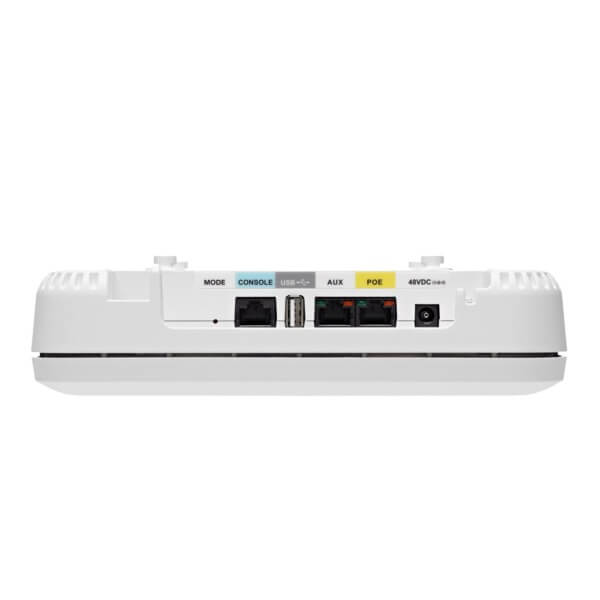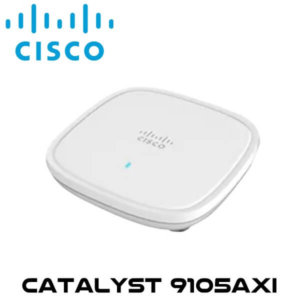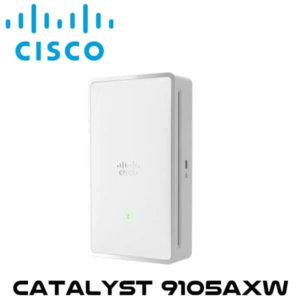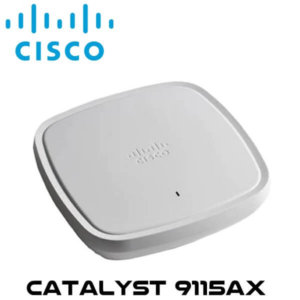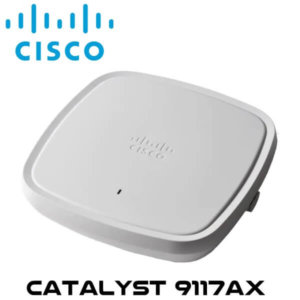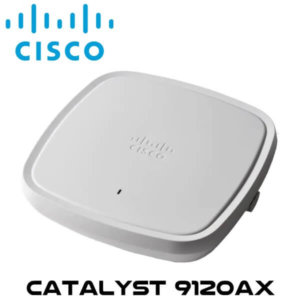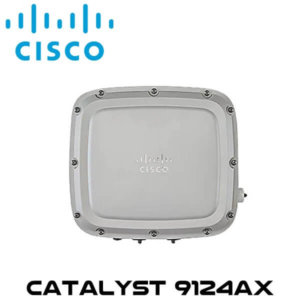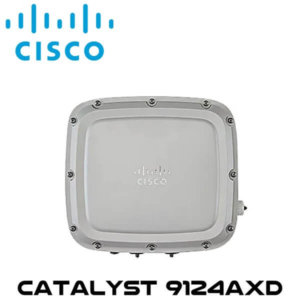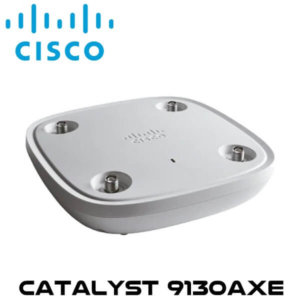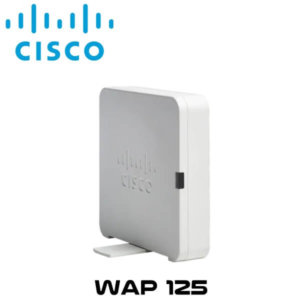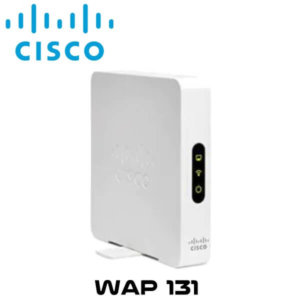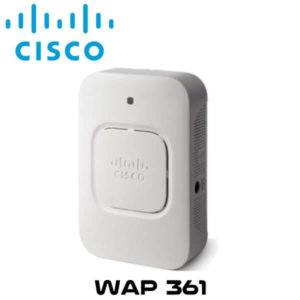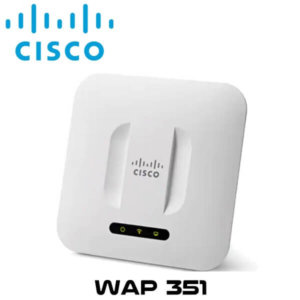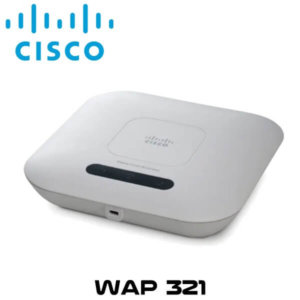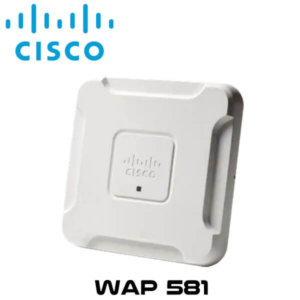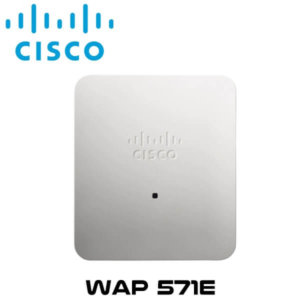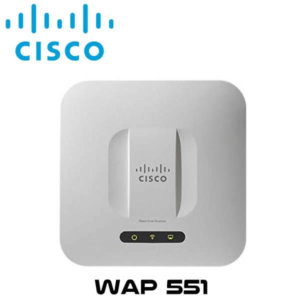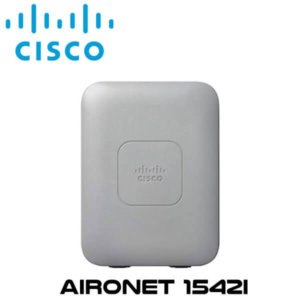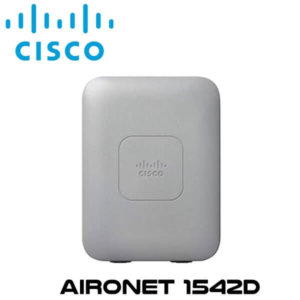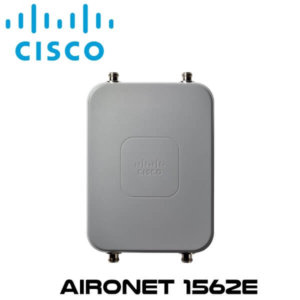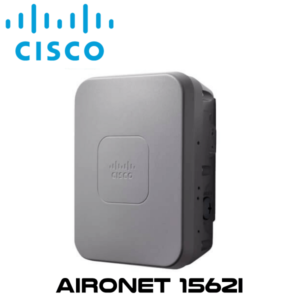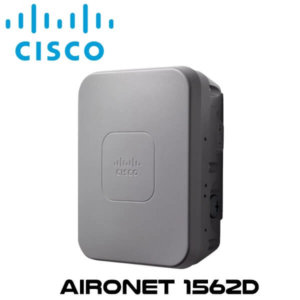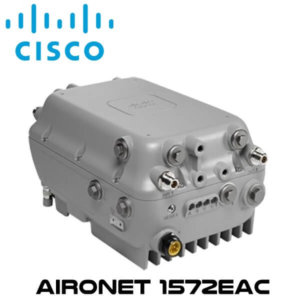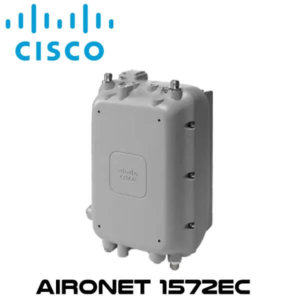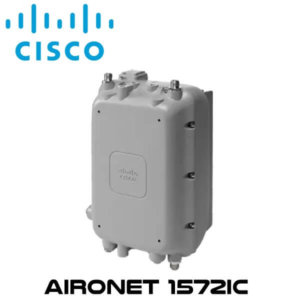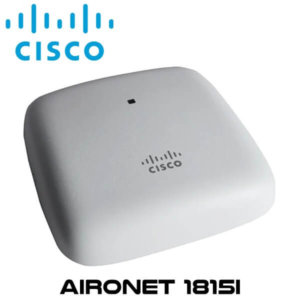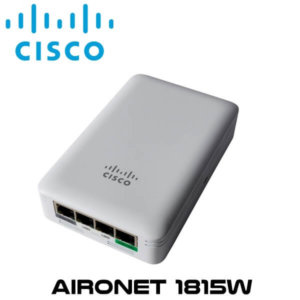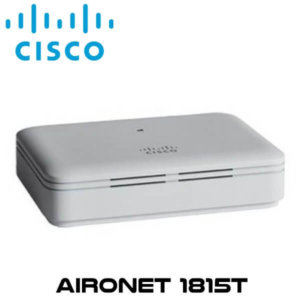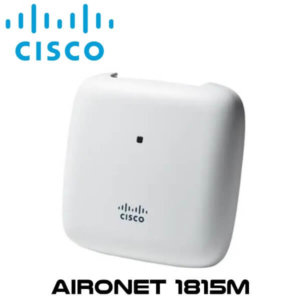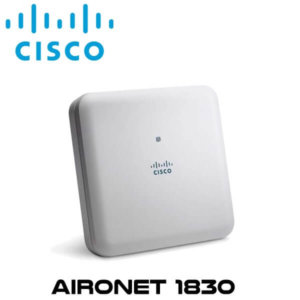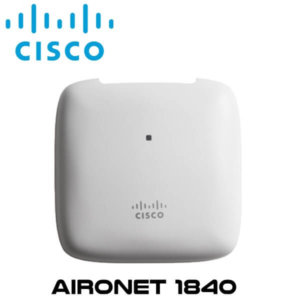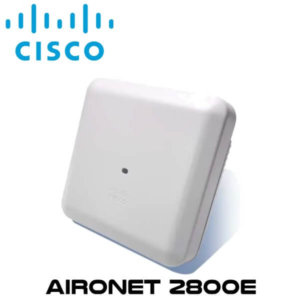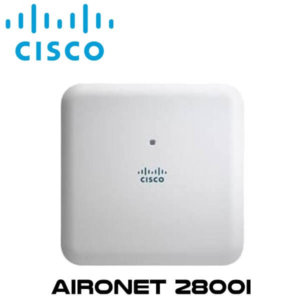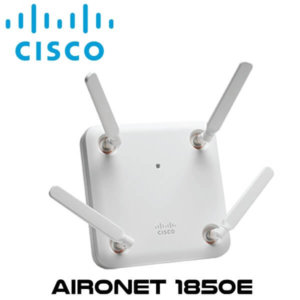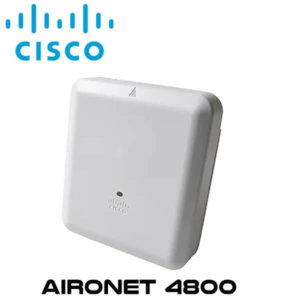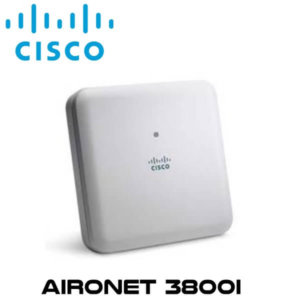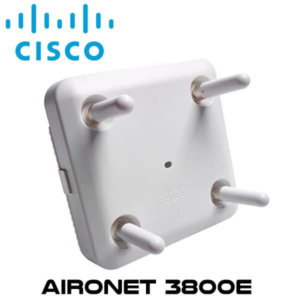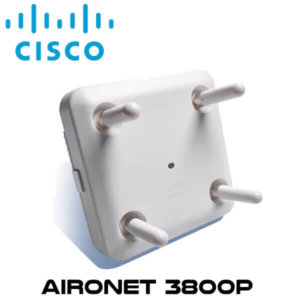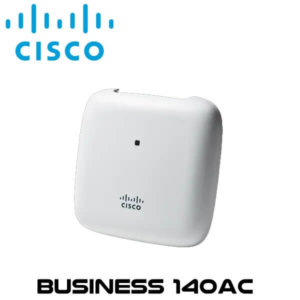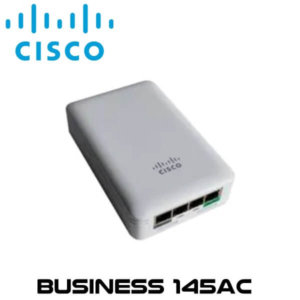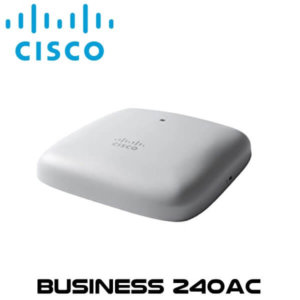Description
Cisco Aironet1850i Access Point Ghana
The The Cisco Aironet1850i Ghana delivers industry-leading performance for highly secure and reliable wireless connections and provides a robust mobility experience. This Cisco wifi Ghana delivers great performance for enterprise and service provider markets via enterprise-class 4×4 MIMO, four-spatial-stream access points that support the IEEE’s 802.11ac Wave 2 specification. The Cisco Aironet1850i Ghana extends support to Wi-Fi clients, such as smartphones, tablets, and high-performance laptops that have integrated 802.11ac Wave 1 or Wave 2 support. With 802.11ac Wave 2, Cisco WiFi Ghana provides high data rate. Due to its convenience, wireless access is increasingly the preferred form of network connectivity for corporate users.
With 802.11ac Wave 2, the Cisco Aironet1850i Ghana provides a data rate of up to 1.7 Gbps on the 5-GHz radio, more than triple the rates offered by today’s high-end 802.11n access points. It also enables a total aggregate dual-radio data rate of 2.0 Gbps, providing the necessary foundation for enterprise and service provider networks to stay ahead of the performance and bandwidth expectations and needs of their wireless users.
Due to its convenience, wireless access is increasingly the preferred form of network connectivity for corporate users. Along with this shift, there is an expectation that wireless should not slow down users’ day-to-day work, but should enable a high-performance experience while allowing users to move freely.
Features
Multiuser MIMO
The Cisco Aironet1850i Ghana boasts 802.11ac Wave 2 with 4×4 Multiple-Input Multiple-Output (MIMO) technology with four spatial streams when operating in single-user MIMO mode and three spatial streams while operating in multiuser MIMO mode, offering 1.7-Gbps rates for more capacity and reliability than competing access points.
802.11ac Wave 1 and 2 capabilities
Cisco Aironet1850i Ghana features Multiuser MIMO, allowing transmission of data to multiple 802.11ac Wave 2 capable clients simultaneously to improve client experience. Prior to multiuser MIMO, 802.11n and 802.11ac Wave 1 access points could transmit data to only one client at a time, typically referred to as single-user MIMO.
Transmit beamforming technology
Transmit beamforming technology to improve downlink performance to mobile devices, including one-, two-, and three-spatial-stream devices on 802.11ac, while improving battery life on mobile devices such as smartphones and tablets.
Cisco Mobility Express
Cisco Aironet1850i Ghana boasts of flexible deployment mode through Cisco Mobility Express ideal for small to medium-sized deployments that require multiple access points. Easy setup allows the Cisco Aironet1850i to be deployed on networks without a physical controller.
OfficeExtend Access Point (OEAP)
Secure connections for remote workers or the micro-office. Cisco Aironet1850i Ghana, can function as an OfficeExtend Access Point (OEAP). With an OEAP, an employee at home or in a temporary micro-office will have access to the corporate SSID and the corporate network without the need to set up a VPN or have any advanced technical know-how.
Cisco User Defined Network
Cisco User Defined Network, a feature available in Cisco DNA Center, that allows IT to give end users control of their very own wireless network partition on a shared network. End users can then remotely and securely deploy their devices on this network. Perfect for university dormitories or extended hospital stays, Cisco User Defined Network grants both device security and control, allowing each user to choose who can connect to their network.
Increased Wi-Fi Experience
The Wi-Fi 6 readiness dashboard, a new dashboard in the Assurance menu of Cisco DNA Center. It will look through the inventory of all devices on the network and verify device, software, and client compatibility with the new Wi-Fi 6 standard. After upgrading, advanced wireless analytics will indicate performance and capacity gains as a result of the Wi-Fi 6 deployment.Cisco Aironet1850i Ghana assist team define where and how the wireless network should be upgraded. It will also give you insights into the access point distribution by protocol (802.11 ac/n/abg), wireless airtime efficiency by protocol, and granular performance metrics.
Onyx BLE Beacon Solution
The Onyx BLE Beacon Solution, Cisco WiFi Ghana features Aironet access point is missing: built-in Bluetooth Low Energy (BLE). The Onyx BLE Beacons work smoothly with indoor location-based services. Used for indoor navigation, proximity marketing, and asset tracking, BLE is a tool that is becoming more and more useful with each passing day. With the Onyx BLE Beacons, customers can add BLE to their networks.
Specifications
| Software | Cisco Unified Wireless Network Software Release with AireOS wireless controllers :
8.1 MR1 or later for the Cisco Aironet 1850 Series Access Points |
||||
| Deployment modes | Centralized local, Standalone, Sniffer, Cisco FlexConnect, Monitor, OfficeExtend, Mesh | ||||
| Supported wireless LAN controllers |
|
||||
| 802.11n version 2.0 (and related) capabilities |
|
||||
| 802.11ac Wave 1 and 2 capabilities |
|
||||
| Data rates supported | 802.11a : 6, 9, 12, 18, 24, 36, 48, and 54 Mbps | ||||
| 802.11g : 1, 2, 5.5, 6, 9, 11, 12, 18, 24, 36, 48, and 54 Mbps | |||||
| 802.11n data rates on 2.4 GHz (only 20 MHz and MCS 0 to MCS 23) and 5 GHz : | |||||
| MCS Index | GI = 800 ns | GI = 800 ns | GI = 400 ns | GI = 400 ns | |
| 20-MHz Rate (Mbps) | 40-MHz Rate (Mbps) | 20-MHz Rate (Mbps) | 40-MHz Rate (Mbps) | ||
| 0 | 6.5 | 13.5 | 7.2 | 15 | |
| 1 | 13 | 27 | 14.4 | 30 | |
| 2 | 19.5 | 40.5 | 21.7 | 45 | |
| 3 | 26 | 54 | 28.9 | 60 | |
| 4 | 39 | 81 | 43.3 | 90 | |
| 5 | 52 | 108 | 57.8 | 120 | |
| 6 | 58.5 | 121.5 | 65 | 135 | |
| Feature | Specifications | |||||||
| Data rates supported | MCS Index | GI = 800 ns | GI = 800 ns | GI = 400 ns | GI = 400 ns | |||
| 20-MHz Rate (Mbps) | 40-MHz Rate (Mbps) | 20-MHz Rate (Mbps) | 40-MHz Rate (Mbps) | |||||
| 7 | 65 | 135 | 72.2 | 150 | ||||
| 8 | 13 | 27 | 14.4 | 30 | ||||
| 9 | 26 | 54 | 28.9 | 60 | ||||
| 10 | 39 | 81 | 43.3 | 90 | ||||
| 11 | 52 | 108 | 57.8 | 120 | ||||
| 12 | 78 | 162 | 86.7 | 180 | ||||
| 13 | 104 | 216 | 115.6 | 240 | ||||
| 14 | 117 | 243 | 130 | 270 | ||||
| 15 | 130 | 270 | 144.4 | 300 | ||||
| 16 | 19.5 | 40.5 | 21.7 | 45 | ||||
| 17 | 39 | 81 | 43.3 | 90 | ||||
| 18 | 58.5 | 121.5 | 65 | 135 | ||||
| 19 | 78 | 162 | 86.7 | 180 | ||||
| 20 | 117 | 243 | 130 | 270 | ||||
| 21 | 156 | 324 | 173.3 | 360 | ||||
| 22 | 175.5 | 364.5 | 195 | 405 | ||||
| 23 | 195 | 405 | 216.7 | 450 | ||||
| 24 | 26 | 54 | 28.9 | 60 | ||||
| 25 | 52 | 108 | 57.8 | 120 | ||||
| 26 | 78 | 162 | 86.7 | 180 | ||||
| 27 | 104 | 216 | 115.6 | 240 | ||||
| 28 | 156 | 324 | 173.3 | 360 | ||||
| 29 | 208 | 432 | 231.1 | 480 | ||||
| 30 | 234 | 486 | 260 | 540 | ||||
| 31 | 260 | 540 | 288.9 | 600 | ||||
| 802.11ac data rates (5 GHz) : | ||||||||
| MCS Index |
Spatial Streams | GI = 800 ns | GI = 400 ns | |||||
| 20-MHz Rate (Mbps) |
40-MHz Rate (Mbps) |
80-MHz Rate (Mbps) |
20-MHz Rate (Mbps) |
40-MHz Rate (Mbps) |
80-MHz Rate (Mbps) |
|||
| 0 | 1 | 6.5 | 13.5 | 29.3 | 7.2 | 15 | 32.5 | |
| 1 | 1 | 13 | 27 | 58.5 | 14.4 | 30 | 65 | |
| 2 | 1 | 19.5 | 40.5 | 87.8 | 21.7 | 45 | 97.5 | |
| 3 | 1 | 26 | 54 | 117 | 28.9 | 60 | 130 | |
| 4 | 1 | 39 | 81 | 175.5 | 43.3 | 90 | 195 | |
| 5 | 1 | 52 | 108 | 234 | 57.8 | 120 | 260 | |
| 6 | 1 | 58.5 | 121.5 | 263.3 | 65 | 135 | 292.5 | |
| 7 | 1 | 65 | 135 | 292.5 | 72.2 | 150 | 325 | |
| 8 | 1 | 78 | 162 | 351 | 86.7 | 180 | 390 | |
| Feature | Specifications | ||||||||||
| MCS
index |
Spatial streams | GI = 800 ns | GI = 400 ns | ||||||||
| 20-MHz rate (Mbps) |
40-MHz rate (Mbps) |
80-MHz rate (Mbps) |
20-MHz rate (Mbps) |
40-MHz rate (Mbps) |
80-MHz rate (Mbps) |
||||||
| 9 | 1 | – | 180 | 390 | – | 200 | 433.3 | ||||
| 0 | 2 | 13 | 27 | 58.5 | 14.4 | 30 | 65 | ||||
| 1 | 2 | 26 | 54 | 117 | 28.9 | 60 | 130 | ||||
| 2 | 2 | 39 | 81 | 175.5 | 43.3 | 90 | 195 | ||||
| 3 | 2 | 52 | 108 | 234 | 57.8 | 120 | 260 | ||||
| 4 | 2 | 78 | 162 | 351 | 86.7 | 180 | 390 | ||||
| 5 | 2 | 104 | 216 | 468 | 115.6 | 240 | 520 | ||||
| 6 | 2 | 117 | 243 | 526.5 | 130 | 270 | 585 | ||||
| 7 | 2 | 130 | 270 | 585 | 144.4 | 300 | 650 | ||||
| 8 | 2 | 156 | 324 | 702 | 173.3 | 360 | 780 | ||||
| 9 | 2 | – | 360 | 780 | – | 400 | 866.7 | ||||
| 0 | 3 | 19.5 | 40.5 | 87.8 | 21.7 | 45 | 97.5 | ||||
| 1 | 3 | 39 | 81 | 175.5 | 43.3 | 90 | 195 | ||||
| 2 | 3 | 58.5 | 121.5 | 263.3 | 65 | 135 | 292.5 | ||||
| 3 | 3 | 78 | 162 | 351 | 86.7 | 180 | 390 | ||||
| 4 | 3 | 117 | 243 | 526.5 | 130 | 270 | 585 | ||||
| 5 | 3 | 156 | 324 | 702 | 173.3 | 360 | 780 | ||||
| 6 | 3 | 175.5 | 364.5 | – | 195 | 405 | – | ||||
| 7 | 3 | 195 | 405 | 877.5 | 216.7 | 450 | 975 | ||||
| 8 | 3 | 234 | 486 | 1053 | 260 | 540 | 1170 | ||||
| 9 | 3 | 260 | 540 | 1170 | 288.9 | 600 | 1300 | ||||
| 0 | 4 | 26 | 54 | 117 | 28.9 | 60 | 130 | ||||
| 1 | 4 | 52 | 108 | 234 | 57.8 | 120 | 260 | ||||
| 2 | 4 | 78 | 162 | 351 | 86.7 | 180 | 390 | ||||
| 3 | 4 | 104 | 216 | 468 | 115.6 | 240 | 520 | ||||
| 4 | 4 | 156 | 324 | 702 | 173.3 | 360 | 780 | ||||
| 5 | 4 | 208 | 432 | 936 | 231.1 | 480 | 1040 | ||||
| 6 | 4 | 234 | 486 | 1053 | 260 | 540 | 1170 | ||||
| 7 | 4 | 260 | 540 | 1170 | 288.9 | 600 | 1300 | ||||
| 8 | 4 | 312 | 648 | 1404 | 346.7 | 720 | 1560 | ||||
| 9 | 4 | – | 720 | 1560 | – | 800 | 1733.3 | ||||
| Maximum number of non-overlapping channels | A (A regulatory domain) :
B (B regulatory domain) :
C (C regulatory domain) :
D (D regulatory domain) :
E (E regulatory domain) :
F (F regulatory domain) :
H (H regulatory domain) :
I (I regulatory domain) :
|
K (K regulatory domain) :
N (N regulatory domain) :
Q (Q regulatory domain) :
R (R regulatory domain) :
S (S regulatory domain) :
T (T regulatory domain) :
Z (Z regulatory domain) :
|
|||||||||
| Maximum number of non-overlapping channels | 2.4 GHz
|
5 GHz
|
|||||||||
| Receive sensitivity | 802.11b (CCK)
|
802.11g (non HT20)
|
802.11a (non HT20)
|
||||||||
| 2.4 GHz
802.11n (HT20)
|
5 GHz
802.11n (HT20)
|
5 GHz
802.11n (HT40)
|
|||||||||
| 802.11ac receive sensitivity | |||||||||||
802.11ac (non HT80)
|
|||||||||||
| MCS index | Spatial streams | ||||||||||
| VHT20 | VHT40 | VHT80 | |||||||||
| 0 | 1 | -96 dBm | -93 dBm | -89 dBm | |||||||
| 7 | 1 | -76 dBm | -73 dBm | -70 dBm | |||||||
| 8 | 1 | -71 dBm | -69 dBm | -66 dBm | |||||||
| 9 | 1 | NA | -67 dBm | -64 dBm | |||||||
| 0 | 2 | -93 dBm | -90 dBm | -86 dBm | |||||||
| 7 | 2 | -73 dBm | -70 dBm | -67 dBm | |||||||
| 8 | 2 | -68 dBm | -66 dBm | -63 dBm | |||||||
| 9 | 2 | NA | -64 dBm | -61 dBm | |||||||
| 0 | 3 | -91 dBm | -88 dBm | -84 dBm | |||||||
| 7 | 3 | -71 dBm | -68 dBm | -65 dBm | |||||||
| 8 | 3 | -66 dBm | -64 dBm | -61 dBm | |||||||
| 9 | 3 | -64 dBm | -62 dBm | -59 dBm | |||||||
| MCS index | Spatial streams | ||||||||||
| VHT20 | VHT40 | VHT80 | |||||||||
| 0 | 4 | -89 dBm | -86 dBm | -82 dBm | |||||||
| 7 | 4 | -69 dBm | -66 dBm | -63 dBm | |||||||
| 8 | 4 | -64 dBm | -62 dBm | -59 dBm | |||||||
| 9 | 4 | NA | -60 dBm | -57 dBm | |||||||
| Maximum transmit power | 2.4 GHz
|
5 GHz
|
|||||||||
| Integrated antenna |
|
||||||||||
| External antenna (sold separately) |
|
||||||||||
| Interfaces |
|
||||||||||
| Indicators | Status LED indicates boot loader status, association status, operating status, boot loader warnings, boot loader errors | ||||||||||
| Dimensions
(W x L x H) |
Access point (without mounting bracket) : 8.3 x 8.3 x 2 in. (210.8 x 210.8 x 50.8 mm) | ||||||||||
| Weight | 3.12 lb (1.41 kg) | ||||||||||
| Environmental | Cisco Aironet 1850i
Cisco Aironet 1850e
|
||||||||||
| System memory |
|
||||||||||
| Input power requirements |
|
||||||||||
| Power draw | 20.9W
Note : When deployed using a Power over Ethernet (PoE) specification, the power drawn from the power sourcing equipment will be higher by some amount, depending on the length of the interconnecting cable. |
||||||||||
| Powering options |
|
||||||||||


